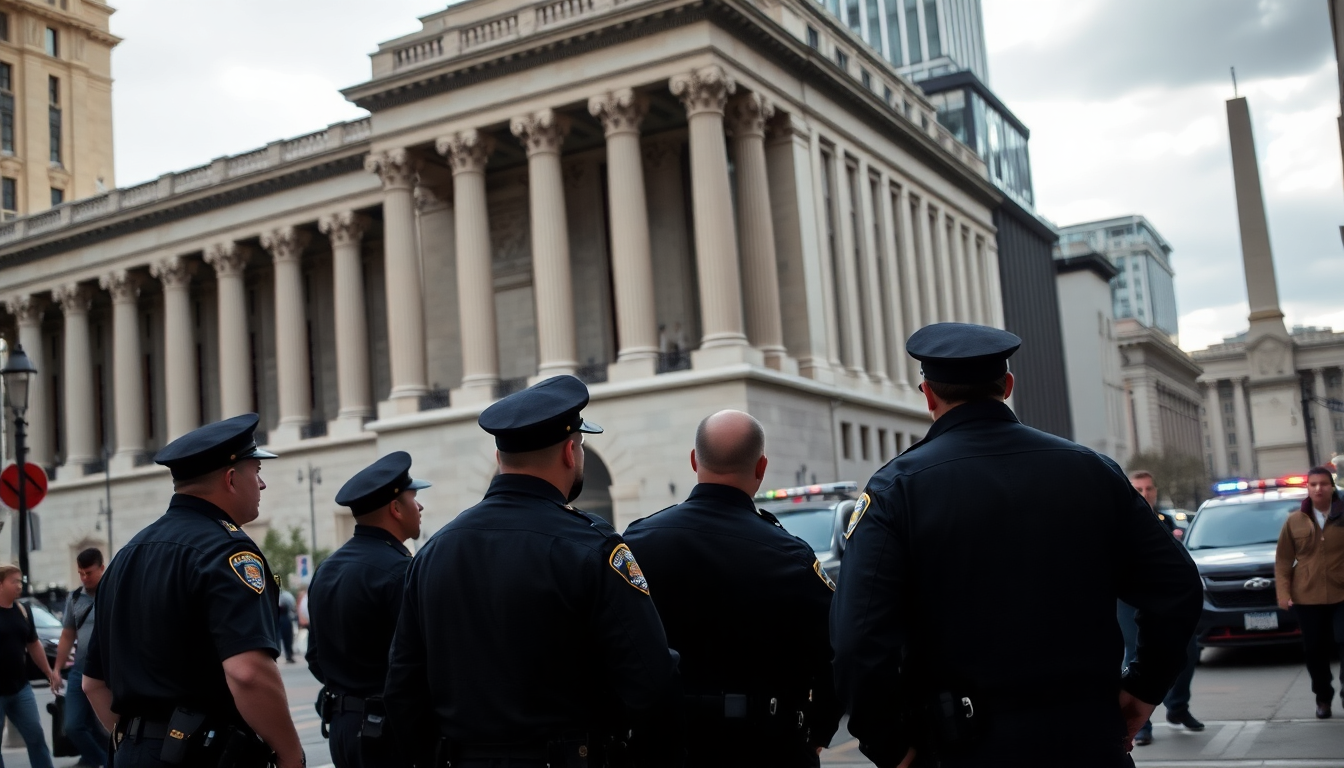Table of Contents
Recently, crime in Washington, D.C., has taken center stage, especially after the Metropolitan Police Department was federalized during the Trump administration. With this shift, the FBI has stepped up its game, pouring resources into efforts aimed at reducing crime rates and boosting community safety. So, what’s been happening on the ground? Let’s dive into the recent actions by law enforcement, the numbers behind arrests, and what it all means for the city.
Current Landscape of Crime Enforcement in D.C.
Under the leadership of Director Kash Patel, the FBI has rolled out a solid strategy to tackle crime in Washington, D.C. Since the federalization of the Metropolitan Police, we’ve seen some significant changes in law enforcement operations. For instance, a staggering 550 individuals have been arrested since this initiative kicked off, with a jaw-dropping 66 arrests happening in just one day. This surge in activity demonstrates a proactive stance from law enforcement agencies, with the FBI actively engaging in operations that have led to major drug busts and the confiscation of illegal firearms.
Patel has highlighted the importance of teamwork between federal and local law enforcement, emphasizing that the FBI’s actions are vital for keeping the community safe. The data underscores just how urgent the situation is, pointing to the necessity for decisive action in neighborhoods grappling with high crime rates. As crime continues to challenge the nation’s capital, the FBI’s commitment to working alongside local agencies will be crucial in restoring safety and rebuilding public trust.
Analyzing the Effectiveness of Current Initiatives
Recent law enforcement operations have shown promising results. For example, one night alone saw 91 arrests, involving a diverse group of individuals, including those with prior criminal records. Targeting high-crime areas has played a key role in these initiatives, as law enforcement aims to tackle the root causes of crime in the most vulnerable neighborhoods. The arrests ranged from drug-related offenses to violent crimes, shining a light on the wide array of challenges facing the community.
Additionally, the initiative doesn’t just focus on violent offenders but also addresses illegal immigrants with significant criminal backgrounds. This comprehensive approach seeks to deter crime across different demographics, ensuring that accountability is upheld for everyone in the community. The collaboration between federal and local law enforcement aims to foster a safer environment, with the FBI promising to share crime data on a monthly basis. This transparency is designed to keep the public informed and actively involved in crime prevention efforts.
Future Implications and Community Involvement
As crime rates remain a pressing concern in Washington, D.C., the importance of community involvement is becoming increasingly clear. Local leaders, including Mayor Muriel Bowser, are advocating for a united front, calling on citizens to take part in safeguarding their neighborhoods. This community-driven strategy is essential for nurturing safe and resilient environments, where residents feel empowered to contribute to local security.
The ongoing initiatives by the FBI and local law enforcement mark just the beginning of a long-term plan to combat crime. As these strategies evolve, it’s crucial for community members to stay engaged and informed. The partnership between law enforcement and the public will be vital in shaping a safer future for Washington, D.C., ensuring that every citizen can feel secure in their surroundings.


